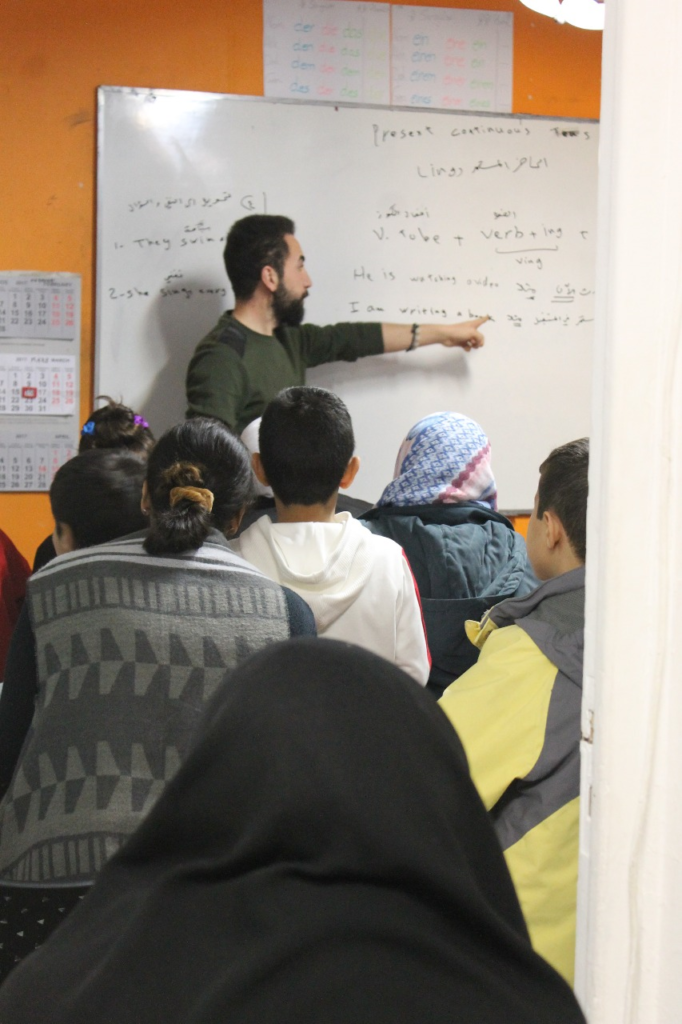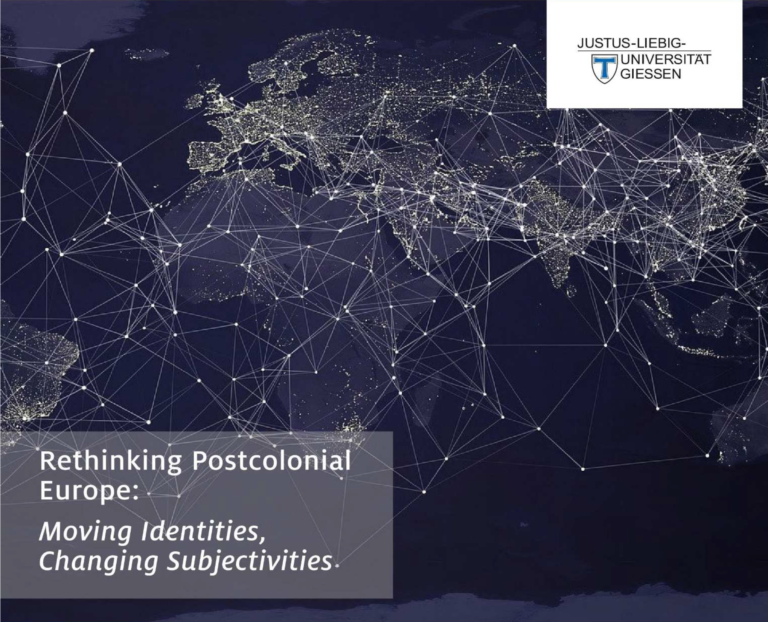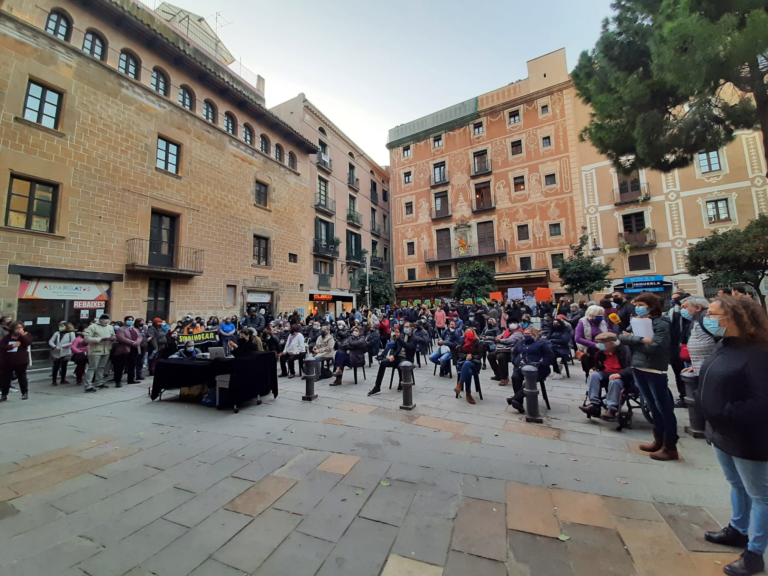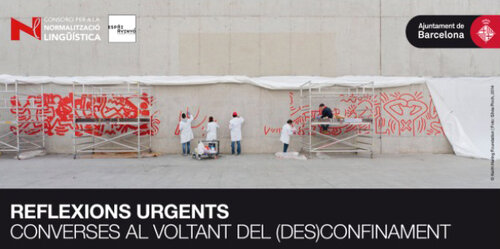
The many restrictions on mobility and public gatherings which have been implemented in Greece for almost a year now, have led Za’atar NGO to adapt its organization, transferring all of its educational services online in order for beneficiaries to keep improving their language skills – a key factor of the process of integration into a foreign society. Five language classes are currently delivered via Zoom by an international team of dedicated and enthusiastic teachers. This March, bilingual sessions of a CV workshop were also offered to meet several requests. All those educational activities, adding up to our in-person legal and social services, correspond to a total of more than one hundred free hours of language classes taught to some fifty students each month.
In a constant desire to adjust and improve its practices, Za’atar NGO’s team has launched a revision of its Teachers’ Handbook, guiding our teachers in their first steps and progression, in order to take into account the evolutions implied by the virtualization of classes. Current teachers were invited to share their experience and methods. That is in this framework that one of our Greek Teachers and BRIDGES’ participant, Marleno Nika, wrote an insightful reflection on his teaching experience – “How to Bridge the Gap Between Teacher and Student”, reminding us all that “Our idea of teaching and learning, as well as our understanding of what a classroom is and how it functions are highly influenced by our cultural experiences.” A fact that, according to him, should not limit teachers but, on the contrary, stimulate their creativity and challenge their own conceptions and methods.
As Marleno writes with great relevance, “(…) we must understand the prerequired sociocultural knowledge needed for a person to follow the classrooms we teach and communicate with our students, in order to understand their ideas on teaching and learning. (…) Our job is to bridge the gap between what students want to learn and what they have to learn, what they already know and assume and what they need to know, in order to navigate inside a certain language community”.





